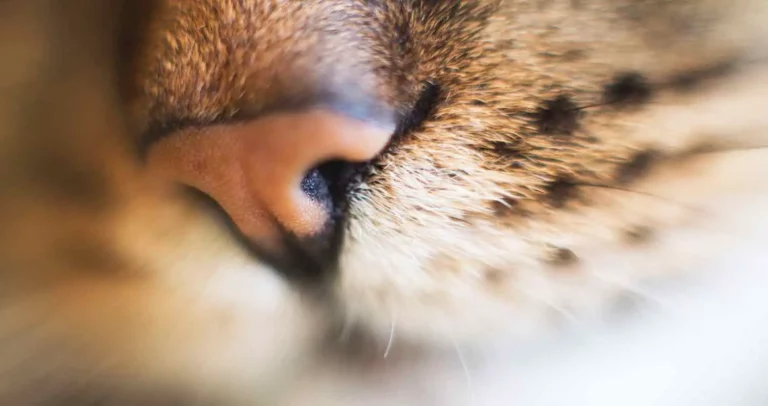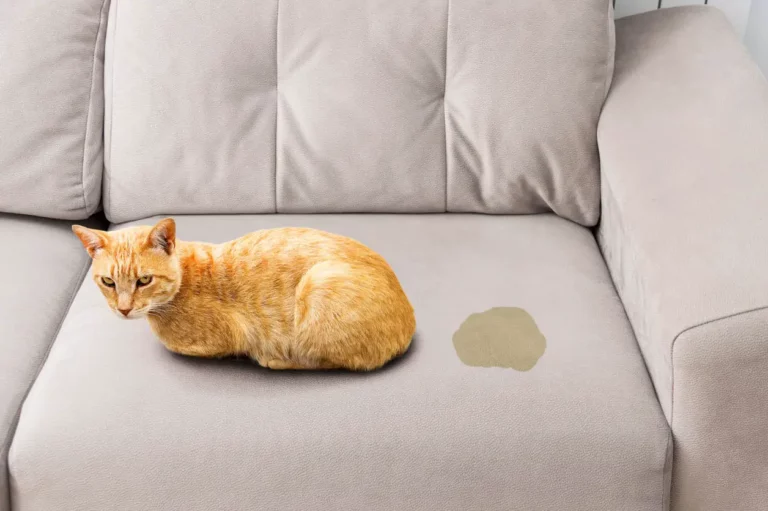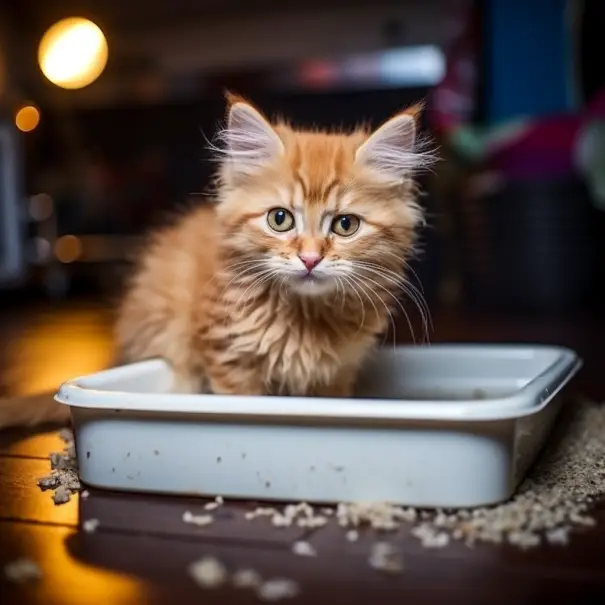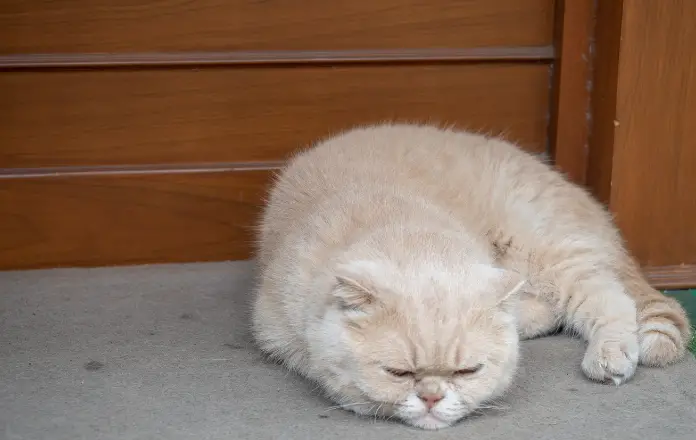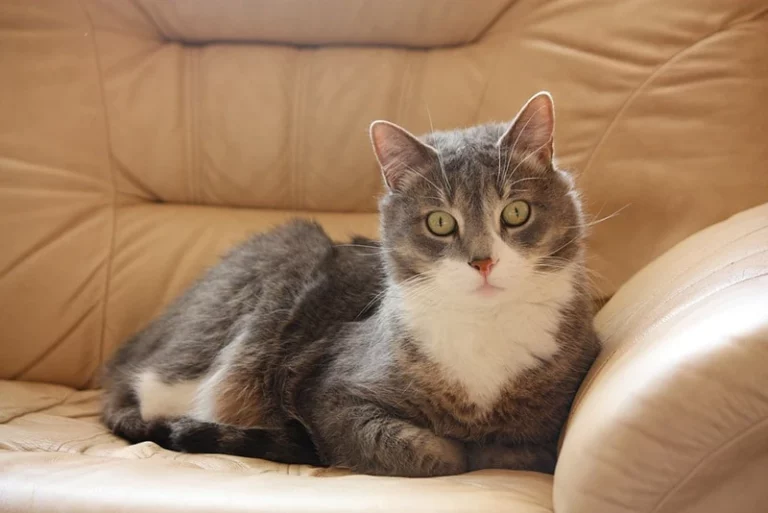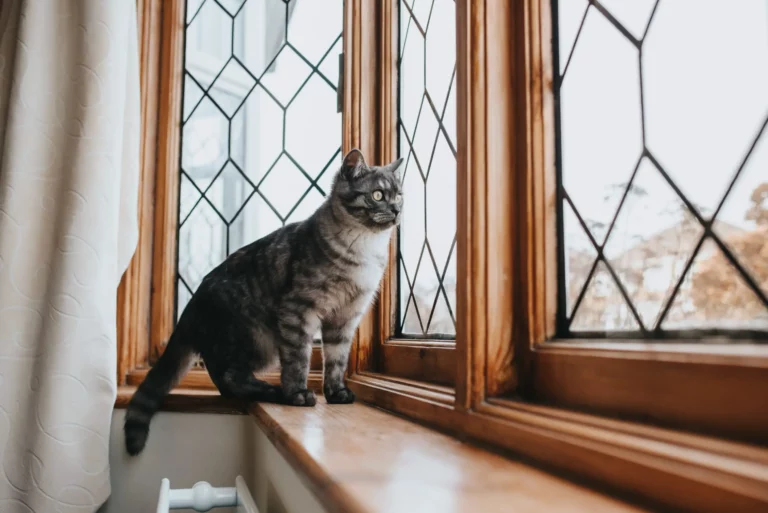How to Stop Your Cat from Licking Their Wound: Tips and Remedies
When your cat has a wound, it’s natural for them to lick it as part of their instinctive healing process. However, excessive licking can cause more harm than good, leading to potential infections, delayed healing, and further complications. As a responsible pet owner, it’s essential to know how to stop your cat from licking their wound to promote a healthy and speedy recovery.
The healing process for cats is complex, involving various stages such as inflammation, tissue formation, and remodeling. Preventing excessive licking during this process is crucial to ensure that your feline friend heals correctly and efficiently, without additional health problems.
This blog post aims to provide you with a comprehensive guide on how to stop your cat from licking their wound. We’ll discuss the reasons behind this behavior, medical approaches, alternative home remedies, and physical barriers to prevent licking. We’ll also explore environmental changes and distractions, monitoring your cat’s healing process, and answer frequently asked questions. By understanding and implementing these tips and remedies, you can help your cat heal faster and prevent further complications.
Understanding Why Cats Lick Their Wounds
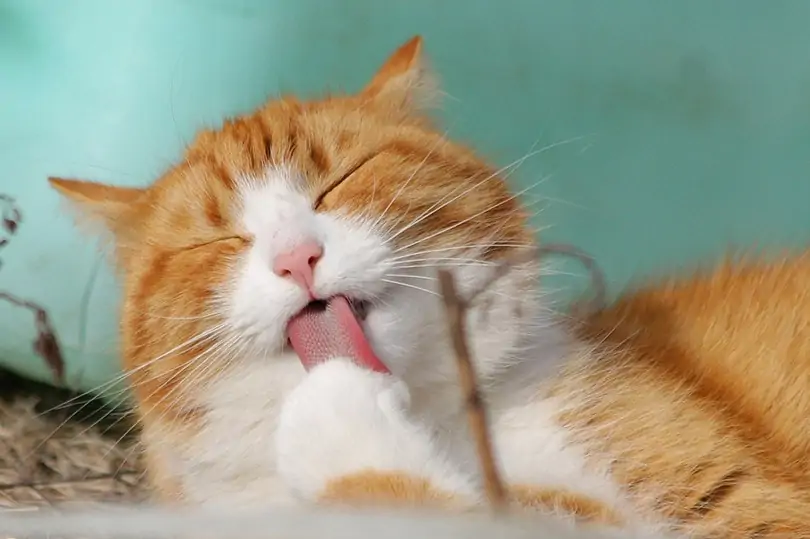
Natural healing instincts
Cats are instinctively driven to lick their wounds as a way of initiating the healing process. Licking can help remove dirt and debris, stimulate blood flow, and distribute natural enzymes found in their saliva that can aid in healing. However, it’s crucial to balance this instinctive behavior with the potential risks of excessive licking.
Licking to clean the wound
One of the primary reasons cats lick their wounds is to clean the area. Their rough tongues are designed to remove dirt, dead skin cells, and other debris from the wound, which helps prevent infection. While this can be beneficial to some extent, too much licking can introduce bacteria from their mouth and cause further issues.
Managing pain and discomfort
Cats may also lick their wounds as a means of managing pain and discomfort. The act of licking can release endorphins, which are natural pain-relieving chemicals that help soothe and calm your cat. However, this can become a vicious cycle, as the constant licking can aggravate the wound and increase pain, leading to more licking.
Anxiety and stress-related behavior
In some cases, cats may lick their wounds due to anxiety or stress. If a cat is feeling uneasy, they may resort to excessive grooming or licking as a way to self-soothe. Identifying the source of their anxiety and addressing it is essential to help break this cycle and promote proper healing.
Medical Approaches to Prevent Wound Licking
Consulting your veterinarian
The first step in addressing your cat’s wound licking is to consult your veterinarian. They can assess the wound, provide appropriate treatment, and recommend specific strategies to prevent licking based on your cat’s individual needs and the severity of the wound.
Pain management and medications
If your cat’s licking is due to pain or discomfort, your veterinarian may prescribe pain-relief medications to help alleviate their discomfort. By managing your cat’s pain, you can reduce their urge to lick the wound and promote proper healing.
Antibiotics and wound care
In some cases, your veterinarian may prescribe antibiotics to prevent or treat infection in your cat’s wound. It’s essential to follow the prescribed dosage and duration to ensure effective treatment. Additionally, your veterinarian may provide you with specific wound care instructions, such as cleaning the area with a saline solution or applying a topical ointment.
Topical treatments
Your veterinarian may recommend a topical treatment designed to discourage licking, such as a bitter-tasting spray or cream. These products are formulated to be safe for your cat while providing an unpleasant taste that deters them from licking the treated area. Always consult your veterinarian before using any topical treatment, as some human products may be toxic to cats.
Alternative Home Remedies to Discourage Licking
Herbal remedies
Some herbal remedies, like chamomile or calendula, can be used to soothe your cat’s wound and discourage licking. You can create a gentle herbal tea, let it cool, and then use a clean cloth to apply it to the affected area. These herbs possess natural anti-inflammatory and antimicrobial properties, which can aid in the healing process. Always consult your veterinarian before using herbal remedies to ensure they are safe for your cat.
Aloe vera gel
Aloe vera gel is known for its soothing and anti-inflammatory properties, which can help reduce your cat’s urge to lick their wound. Make sure to use a pure, unscented aloe vera gel without any added ingredients that may be harmful to your cat. Apply a thin layer of the gel to the wound, taking care not to let your cat ingest it.
Apple cider vinegar
Diluted apple cider vinegar can be used as a gentle disinfectant and may help deter your cat from licking their wound due to its bitter taste. Mix one part apple cider vinegar with two parts water and apply it to the affected area using a clean cloth. However, avoid using apple cider vinegar on open wounds, as it may cause stinging and irritation.
Calendula ointment
Calendula ointment is a natural remedy that can promote wound healing and reduce inflammation. Apply a thin layer of the ointment to the wound, and its unpleasant taste may discourage your cat from licking the area. As always, consult your veterinarian before using any home remedies to ensure they are appropriate for your cat’s specific situation.
Physical Barriers to Prevent Licking
Elizabethan collars (E-collars)
One of the most common and effective ways to prevent your cat from licking their wound is by using an Elizabethan collar, also known as an E-collar or “cone of shame.” This cone-shaped collar fits around your cat’s neck and prevents them from reaching the affected area. Ensure the collar is properly sized, allowing your cat to eat, drink, and navigate comfortably while wearing it.
Soft collars and inflatable collars
Some cats may not tolerate traditional E-collars well. In such cases, soft collars or inflatable collars can be a more comfortable alternative. Soft collars are made of padded materials and still limit your cat’s access to the wound, while inflatable collars resemble a cushioned ring around their neck, restricting their ability to reach the affected area. Consult your veterinarian for guidance on selecting the most suitable collar for your cat.
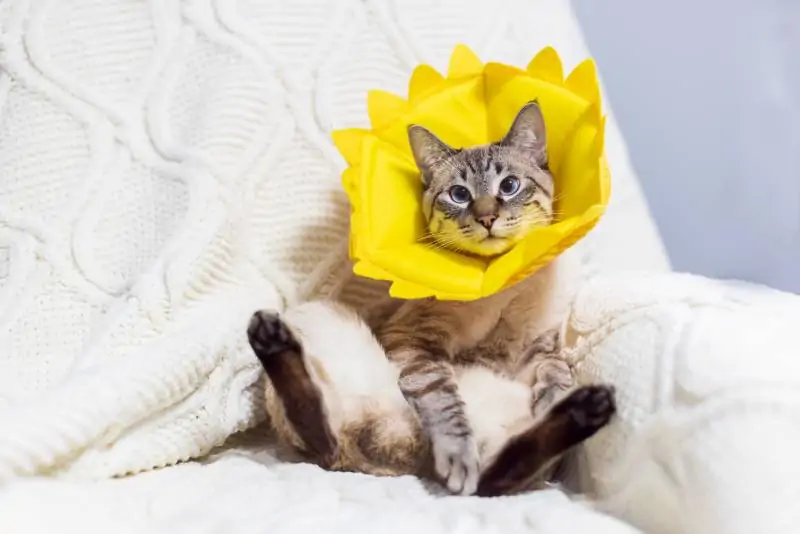
Bandaging and wound coverings
Bandaging your cat’s wound can serve as an effective physical barrier, preventing them from licking the area directly. Ensure the bandage is snug but not too tight, allowing for proper circulation. Regularly check and change the bandage as needed and consult your veterinarian for guidance on proper bandaging techniques and materials.
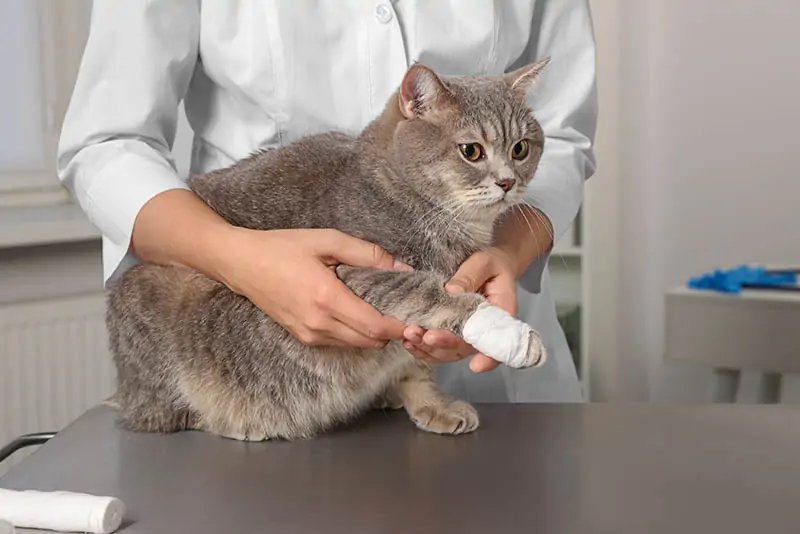
Clothing and cat bodysuits
Another option for preventing wound licking is to use specially designed clothing or cat bodysuits that cover the affected area. These garments provide a barrier between your cat’s mouth and the wound while allowing for air circulation, promoting healing. Ensure the clothing fits comfortably and does not restrict your cat’s movement. Always monitor your cat while they wear the garment to ensure their safety and comfort.
Environmental Changes and Distractions
Providing a stress-free environment
Reducing stress and creating a comfortable environment for your cat is essential during the healing process. Ensure their living space is clean, quiet, and free from any potential stressors, such as loud noises, unfamiliar people, or other pets. Providing a safe and comfortable space can help minimize anxiety-induced licking.
Interactive toys and mental stimulation
Keeping your cat mentally stimulated can help distract them from their wound and reduce their tendency to lick. Provide interactive toys, puzzle feeders, or even engage in gentle playtime with your cat to keep their mind occupied. Make sure to choose activities that do not aggravate their wound or cause physical discomfort.
Positive reinforcement and redirection
Using positive reinforcement can help teach your cat to avoid licking their wound. Whenever you notice your cat starting to lick, gently redirect their attention to a toy or a treat. Reward them with praise or a small treat when they choose not to lick. This approach can help reinforce the idea that not licking is a desirable behavior.
Catnip and pheromone diffusers
Using catnip or pheromone diffusers can help create a calming environment for your cat, reducing stress and anxiety that may contribute to wound licking. Catnip can provide a temporary distraction, while pheromone diffusers, like Feliway, emit synthetic calming pheromones that can help soothe your cat and reduce stress-related behaviors. Always monitor your cat’s response to these products to ensure they are helpful and not causing any adverse reactions.
Monitoring Your Cat’s Healing Process
Identifying signs of infection
It’s crucial to monitor your cat’s wound regularly for any signs of infection or complications. Symptoms of infection may include increased redness, swelling, discharge, foul odor, or fever. If you notice any of these signs, contact your veterinarian immediately, as prompt treatment is essential to prevent further complications.
Knowing when to contact your veterinarian
In addition to monitoring for signs of infection, it’s essential to know when to seek veterinary advice. If your cat’s wound does not seem to be improving, if they are in significant pain, or if you have any concerns about their overall health, consult your veterinarian for guidance.
Post-wound care and grooming
Once your cat’s wound has healed sufficiently, and they are no longer at risk of reopening it through licking, you can start gradually reintroducing regular grooming. Ensure you are gentle around the healed area and use a soft brush or comb to avoid causing discomfort. Maintaining proper grooming can help prevent future wounds caused by matting or skin irritation.
Frequently Asked Questions
Can I use human medications on my cat’s wound?
It’s not recommended to use human medications on your cat’s wound without consulting a veterinarian. Some human medications may be toxic or harmful to cats, causing severe side effects or complications. Always consult your veterinarian before using any medications or treatments on your cat.
How long should I prevent my cat from licking their wound?
The duration of preventing your cat from licking their wound will depend on the type and severity of the wound and your cat’s individual healing process. Generally, it’s essential to prevent licking until the wound has fully healed, which may take anywhere from a few days to several weeks. Consult your veterinarian for guidance on the appropriate timeframe for your cat’s specific situation.
Can excessive licking lead to complications?
Yes, excessive licking can lead to complications, such as delayed healing, infections, and the formation of granulomas (a mass of inflamed tissue). Preventing your cat from licking their wound can help avoid these complications and promote a faster, healthier recovery.
How can I tell if my cat’s wound is healing properly?
A properly healing wound should gradually show signs of improvement, such as reduced redness, swelling, and pain. The wound should start to close, and new, healthy tissue should form. If you’re unsure if your cat’s wound is healing correctly or if you have any concerns, consult your veterinarian for guidance.
When should I be concerned about my cat’s wound?
You should be concerned about your cat’s wound if it shows signs of infection (increased redness, swelling, discharge, or foul odor), if the wound does not seem to be healing, or if your cat appears to be in significant pain or distress. In these cases, it’s essential to contact your veterinarian for an evaluation and appropriate treatment.
Final Thoughts
Addressing excessive wound licking in cats is crucial to ensure proper healing and prevent complications. By understanding the reasons behind this behavior and using a combination of medical approaches, home remedies, physical barriers, and environmental changes, you can help your feline friend recover more efficiently.
Each cat is unique, and their individual needs may vary based on the type and severity of their wound, their temperament, and their overall health. Collaborating with your veterinarian and tailoring strategies to your cat’s specific needs will increase the likelihood of success in preventing wound licking and promoting proper healing.
Preventing your cat from licking their wound may require patience and consistency. It’s essential to monitor your cat’s progress, adjust your approach as needed, and maintain open communication with your veterinarian throughout the healing process. By doing so, you can help ensure your cat recovers as quickly and comfortably as possible.

